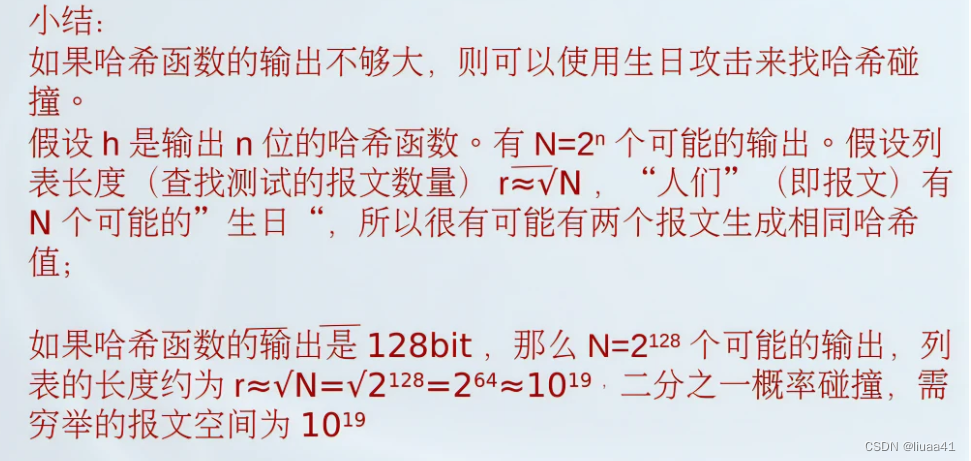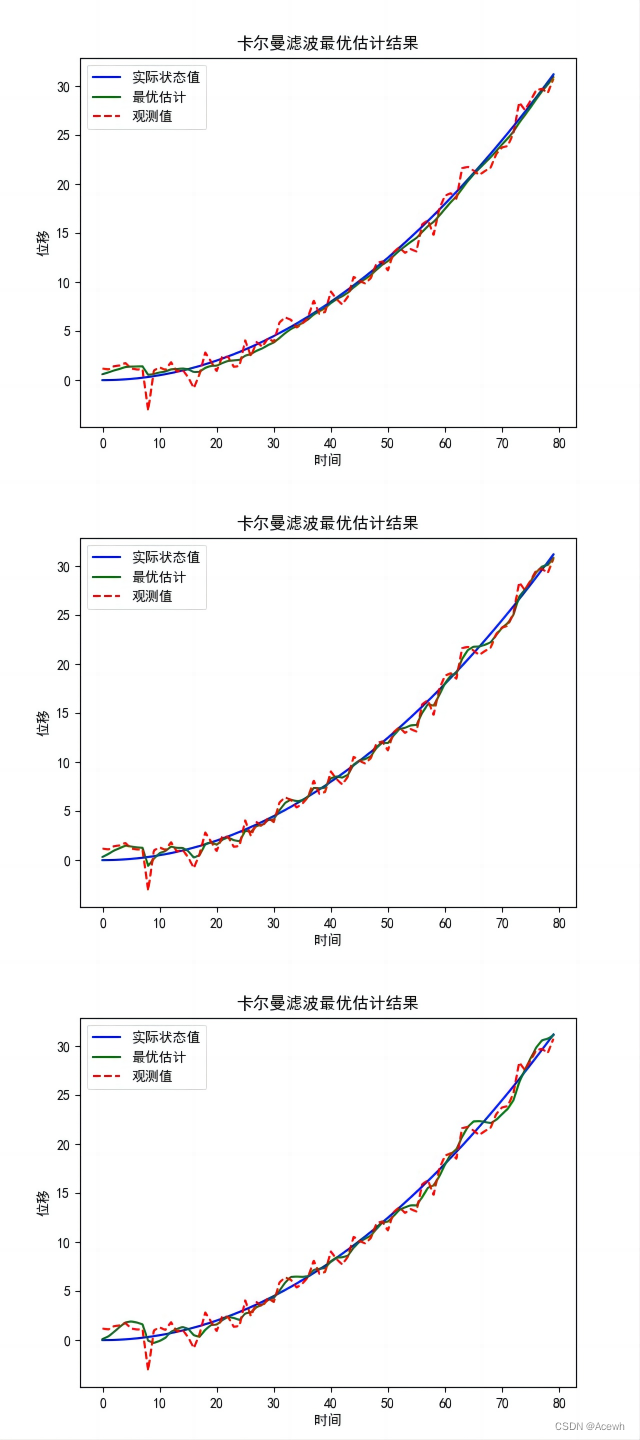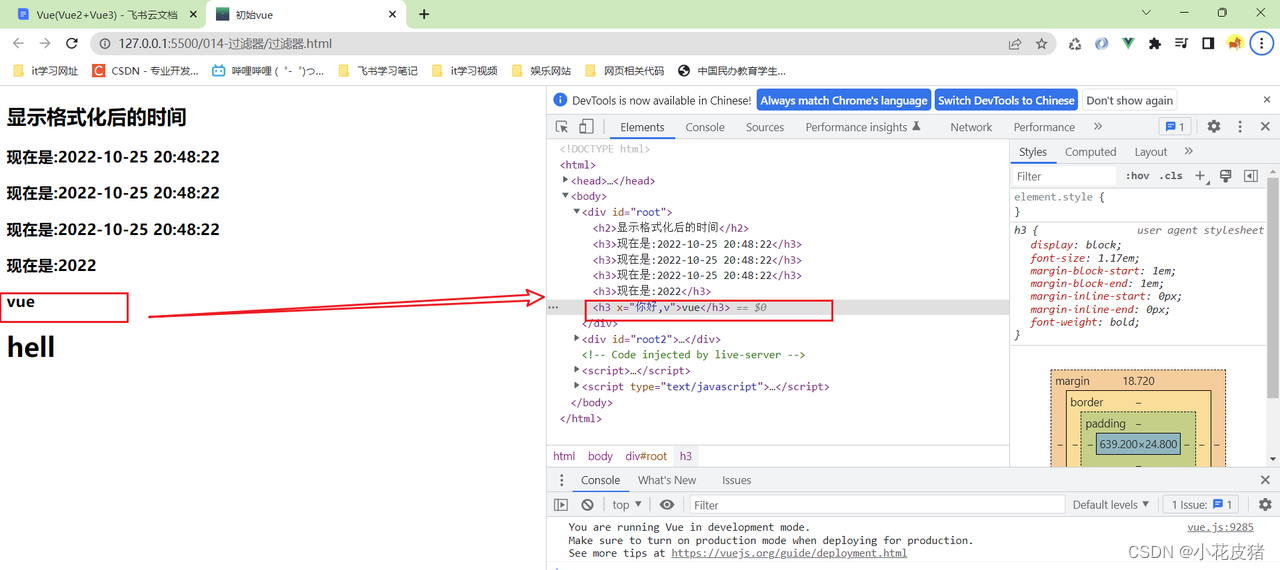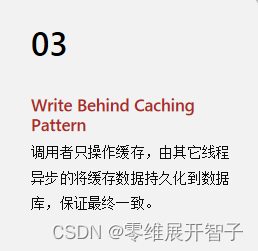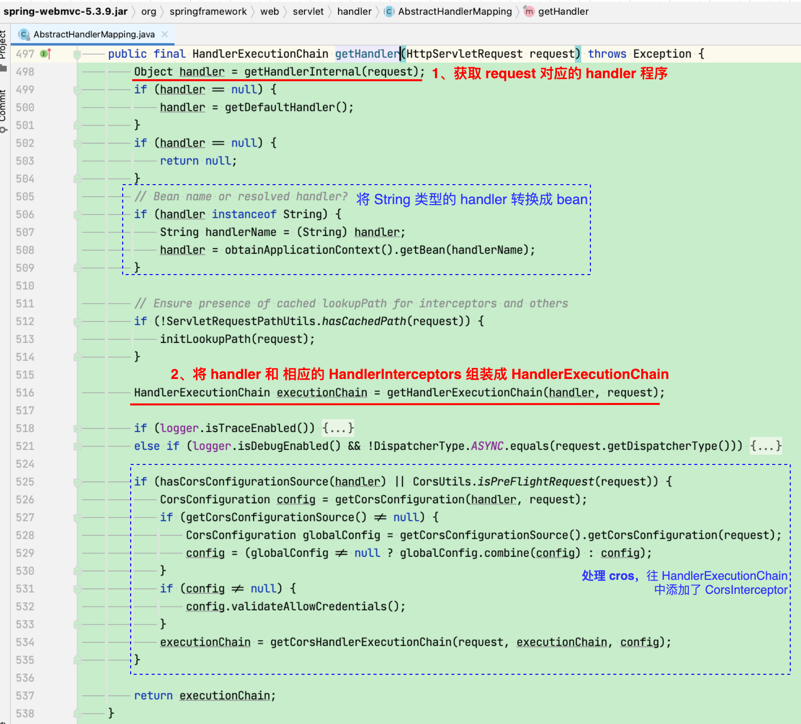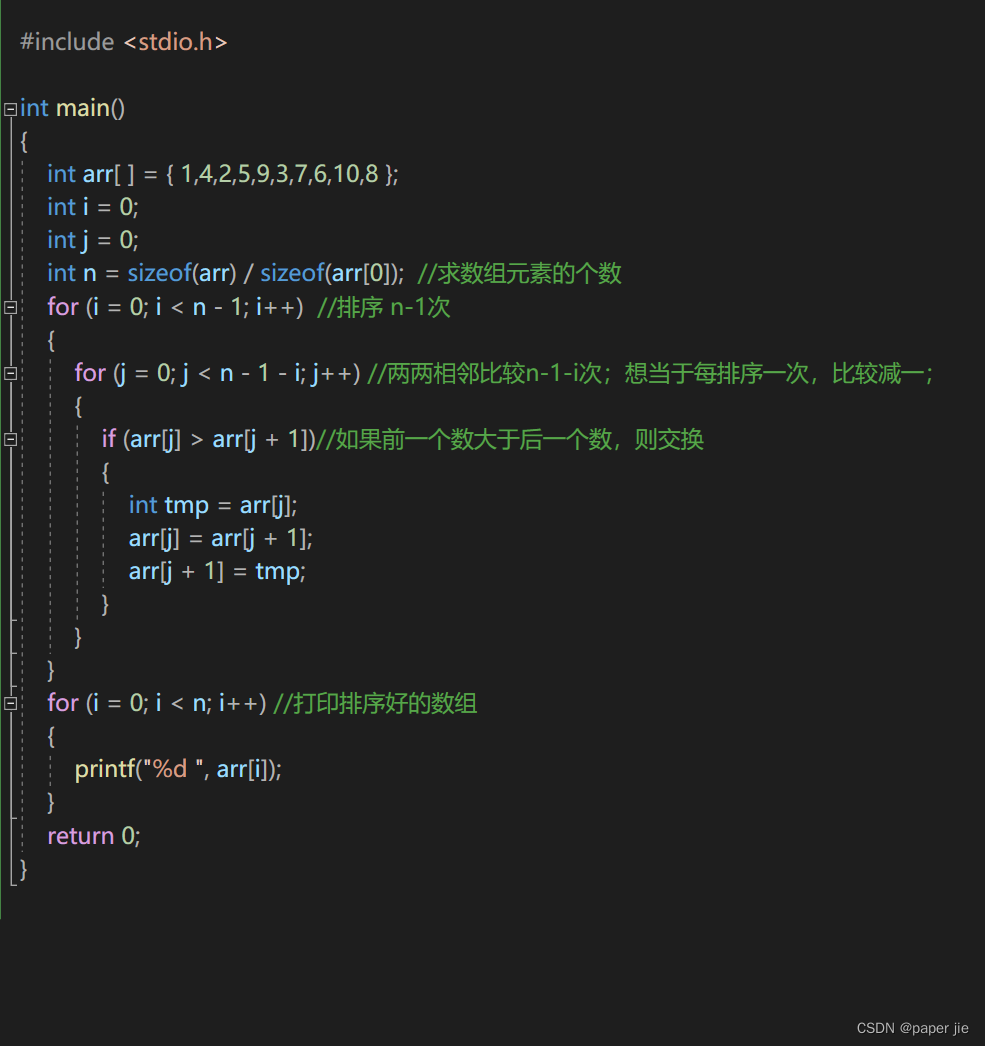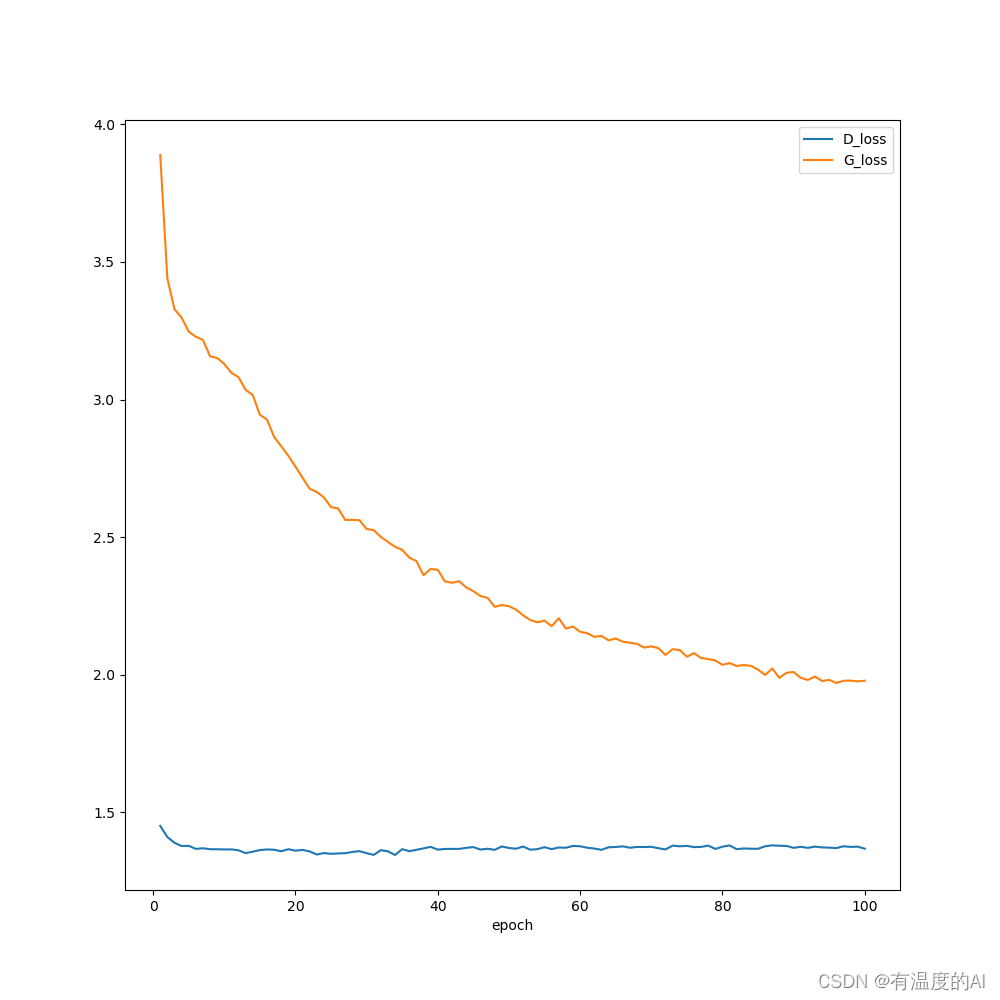目录
概述
①next_permutation
②prev_permutation
③is_permutation
概述
页数:P778 (A.2.7 排列算法)
头文件:<algorithm>
函数名:next_permutation & prev_permutation & is_permutation
C++为我们提供了专门用于排列的算法。这些算法可以自动将内容按照字典序进行排列。
举个例子:现在有字符a、b、c,我们想要知道这三个字符有多少种组合方式,那么就可以用到排列算法。
①next_permutation
bool next_permutation(iterator first, iterator last);
bool next_permutation(iterator first, iterator last, compare comp);
前两个参数分别是待排列的数列头尾迭代器。第三个参数为自定义排列方式,默认是字典序。
每次排列都会改变数列的组合并返回true,既需要向前处理数列也需要向后处理,因此应该使用双向迭代器。
当排列到最后一种形式后(字典序最大的序列),会将数列排列成最小形式,同时返回false。
有两点非常值得注意:
1.排列的方式是数列从左往右按照字典序从小到大,以abc为例:排列为abc、acb、bac、bca、cab、cba。
这是因为abc的第一个元素(最左边)小于任何其他排列的首元素,且第二个元素也小于任何其他元素,以此类推。
2.next_permutation并不是把所有序列排出来,而是根据数列起始情况,向后排列。比如输入的序列是bac,那么排列出来只能是bac、bca、cab、cba。
示例代码:
#include<iostream>
#include<algorithm>
#include<vector>
using namespace std;
int main()
{
vector<int> arr = { 1, 2, 3 };
do
{
for (auto n : arr) cout << n << " ";
cout << endl;
}
while (next_permutation(arr.begin(), arr.end()));
return 0;
}
#include<iostream>
#include<algorithm>
#include<vector>
using namespace std;
int main()
{
vector<int> arr = { 2, 3, 1 };
do
{
for (auto n : arr) cout << n << " ";
cout << endl;
}
while (next_permutation(arr.begin(), arr.end()));
return 0;
}
②prev_permutation
使用方式与next_permutation类似,只是该函数反向排列,即从起始序列开始向前排列。同样以abc为例,假如输入的序列是bac,那么prev_permutation输出的就是bac、acb、abc。
图示如下:

代码示例:
#include<iostream>
#include<algorithm>
#include<vector>
using namespace std;
int main()
{
vector<int> arr = { 3, 2, 1};
do
{
for (auto n : arr) cout << n << " ";
cout << endl;
}
while (prev_permutation(arr.begin(), arr.end()));
return 0;
}
③is_permutation
该函数用于确定某特定排序是否属于该序列。
bool next_permutation(iterator first1, iterator last1, iterator first2);
函数前两个参数是指定排序的头尾迭代器,第三个参数是某序列的起始迭代器。
如果序列中存在这种排序,返回true;不存在就返回false。
当然,这里有两点需要注意的:
1.指定排序的长度需要小于等于序列长度。
2.第三个参数不一定非要是头迭代器。举例说明:假如指定排序为bac,序列为f a b c,那么第三个参数可以是beign() + 1,即从a开始排列,只排字母a b c。当然排多少个字母取决于指定排序的长度,这里是3。这也就是为什么指定排序的长度可以小于序列的长度。
代码示例:
#include<iostream>
#include<algorithm>
#include<vector>
using namespace std;
using namespace std;
int main()
{
vector<int> arr = { 3, 2, 1 };
vector<int> tmp = { 1, 2, 3 };
if (is_permutation(arr.begin(), arr.end(), tmp.begin()))
{
cout << "right" << endl;
}
else cout << "false" << endl;
return 0;
}
特殊情况:
...
vector<int> arr = { 3, 2, 1 };
vector<int> tmp = { 4, 1, 2, 3 };
//没有从头迭代器开始排序, 待排序的序列元素为 1 2 3
if (is_permutation(arr.begin(), arr.end(), tmp.begin() + 1))
...
...
vector<int> arr = { 3, 2, 1 };
vector<int> tmp = { 1, 2, 3, 4 };
//没有从头迭代器开始排序, 待排序的序列元素为 2 3 4
if (is_permutation(arr.begin(), arr.end(), tmp.begin() + 1))
...
如有错误,敬请斧正
